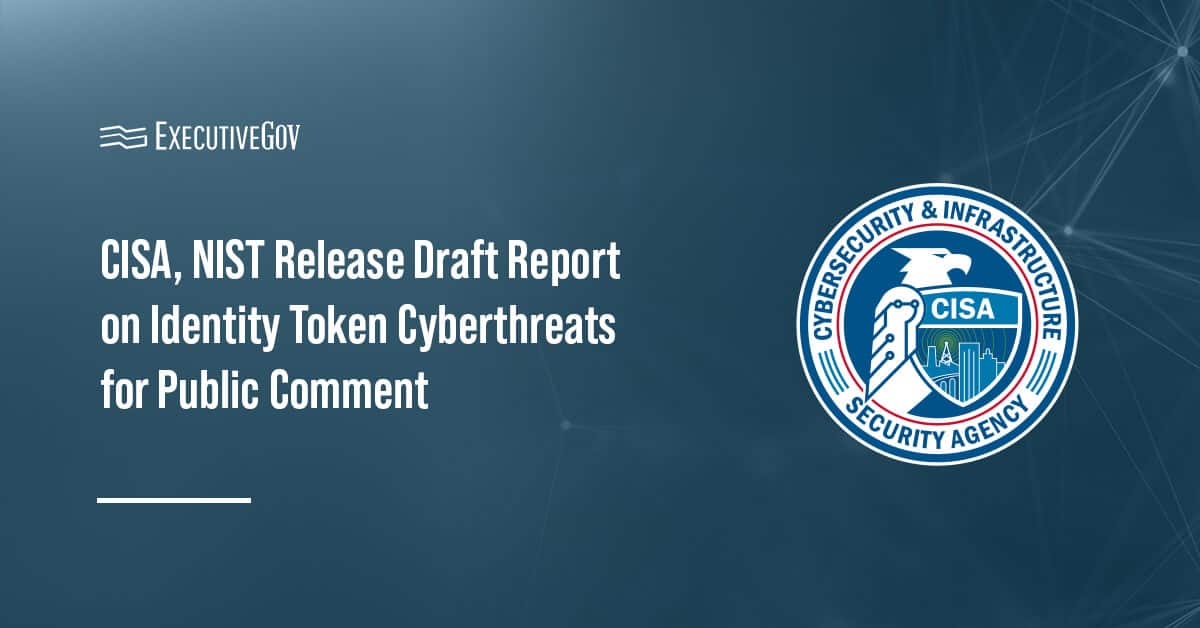The National Security Agency has continued its series of cybersecurity information sheets, or CSIs, on zero trust maturity to elaborate on strengthening internal network defense.
The newest CSI focuses on the use of data mapping, software defined networking — a.k.a. SDN — and macro and micro segmentation to mitigate the risk of network breaches, NSA said Tuesday.
The zero trust framework is comprised of seven pillars, one of which is network and environment. This pillar defines and controls network access and data flows, using end-to-end encryption and segmenting applications.
Data flow mapping sets the foundation for segmentation and other network defense tools, while micro and macro segmentation break down the network to minimize the attack surface in case of a breach. SDN enhances segmentation by enabling added visibility through a distributed forwarding plane.
“This guidance is intended to arm network owners and operators with the processes they need to vigilantly resist, detect, and respond to threats that exploit weaknesses or gaps in their enterprise architecture,” NSA Cybersecurity Director and Wash100 winner Rob Joyce remarked.
As digitalization becomes a central element of society and industry, government contracting leaders are keeping their eye on the evolution of cyber and its national security implications. Join experts at the Potomac Officers Club’s 2024 Cyber Summit on June 6, and share your insights into the future of the digital age. Register now.






